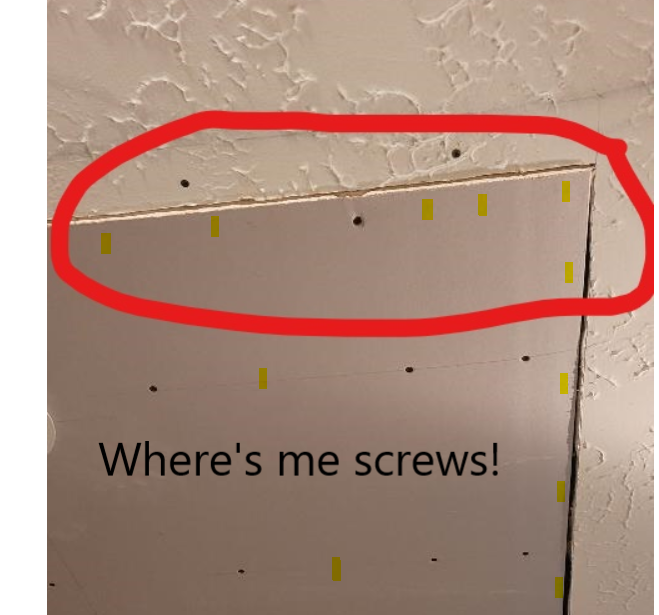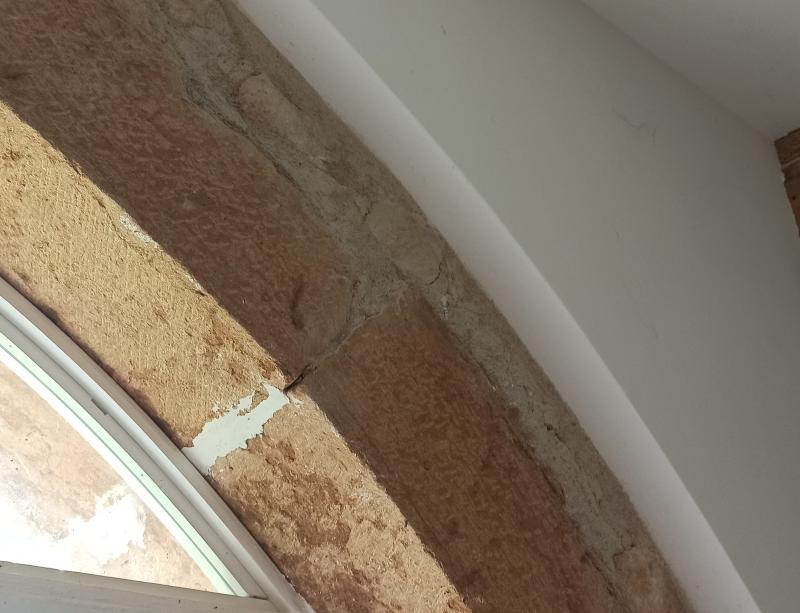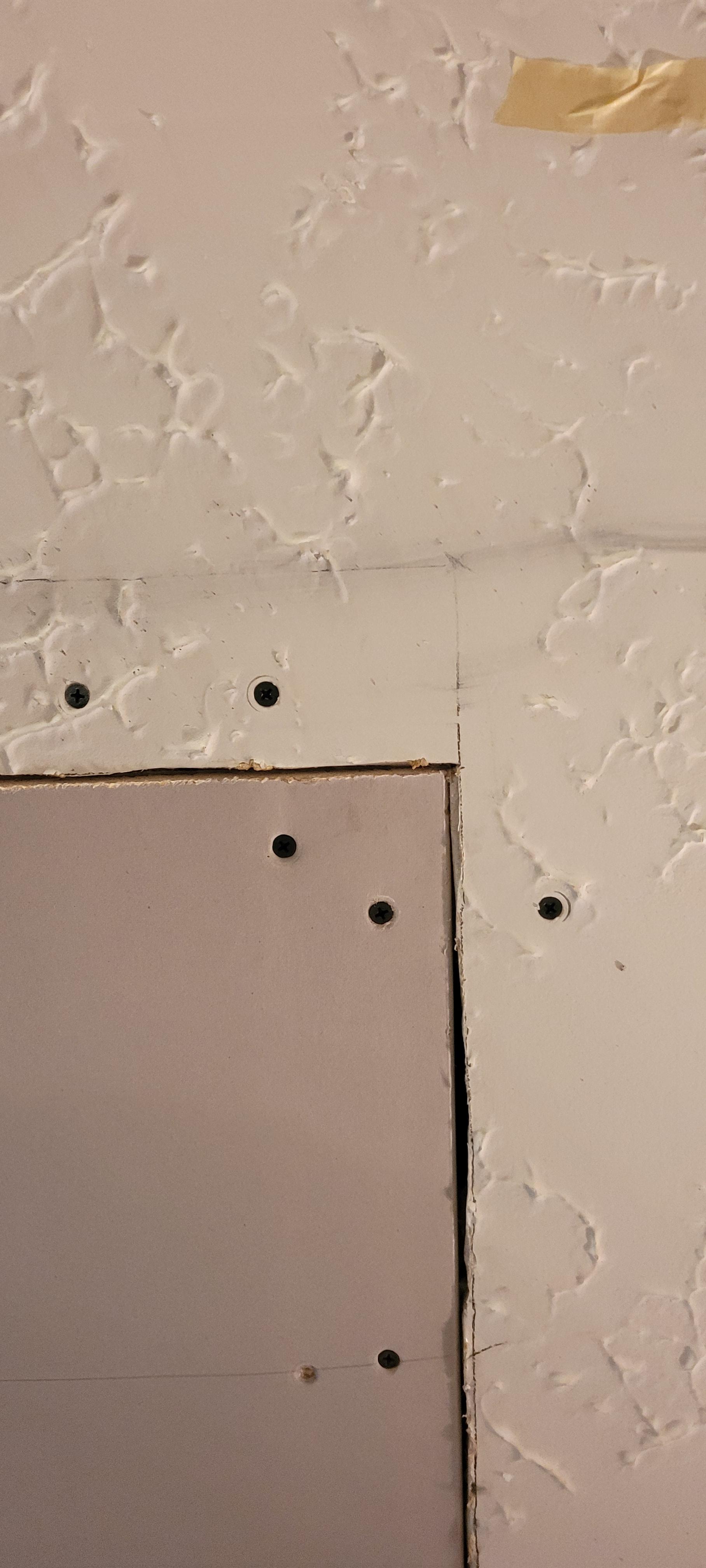I removed and replaced an approximately 5'x6' drywall piece in the ceiling. On the butt joints, I used some OSB backer board to join them between floor joists. I knew this might be a problem, specifically with how low the joist block is to it (see previous question: Within code, can I notch a joist block?).
I hung a piece, then tried tightening down on the "high" (where the new drywall replacement piece drops below the existing piece) and ended up crumbling the repair piece in a few spots. I unscrewed it all and removed the piece, cut a new piece and reinstalled. It looks a little better but in one corner next to the problem area with the joist block, the butt joint can't "suck up" anymore due to the block there. I can slightly push near the high corner on the new drywall but it feels like it's stressing too much and that a screw (instead of the surface area of my palm) would cause it to crumble. This is only an issue in this one corner as all other joints are either recessed or flush so after multiple hot mud and finishing mud it'll be easier to handle.
The max overhand is 1/4" and after some quick searching I found a post that said it can be smoothed out with mudding but it may take several feet. Will it take "feet" to spread a 1/4" join to look flat??? Obviously, I want to minimize feathering multiple feet and retexture.









